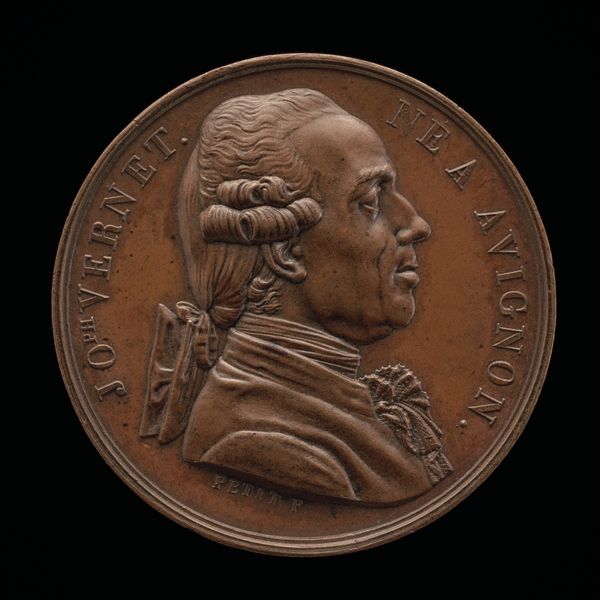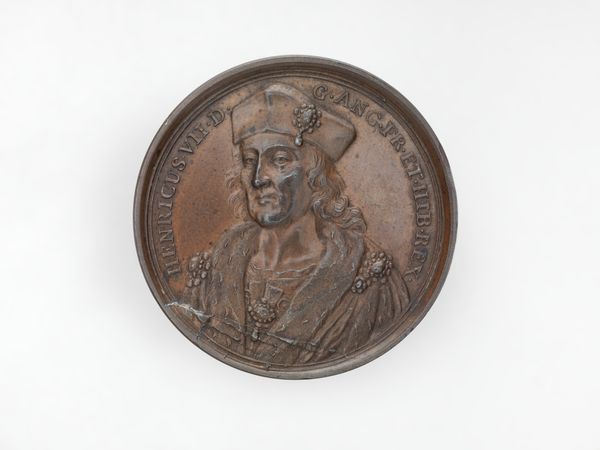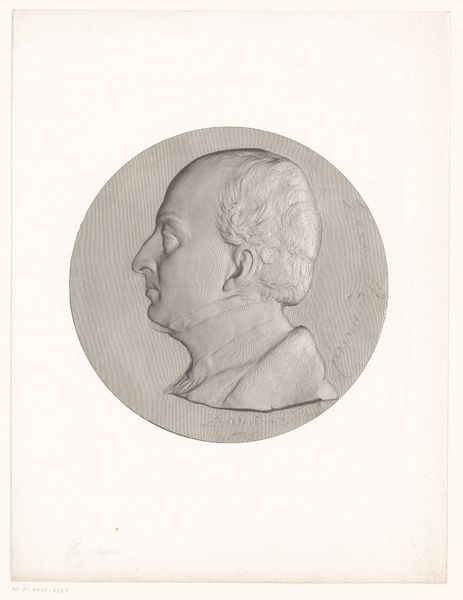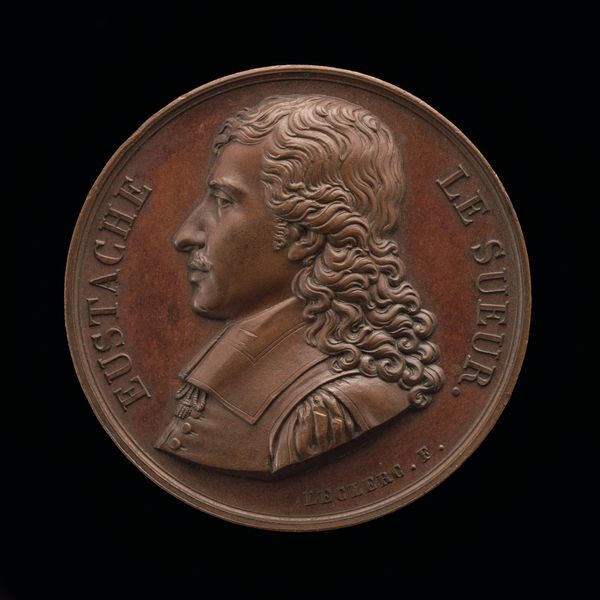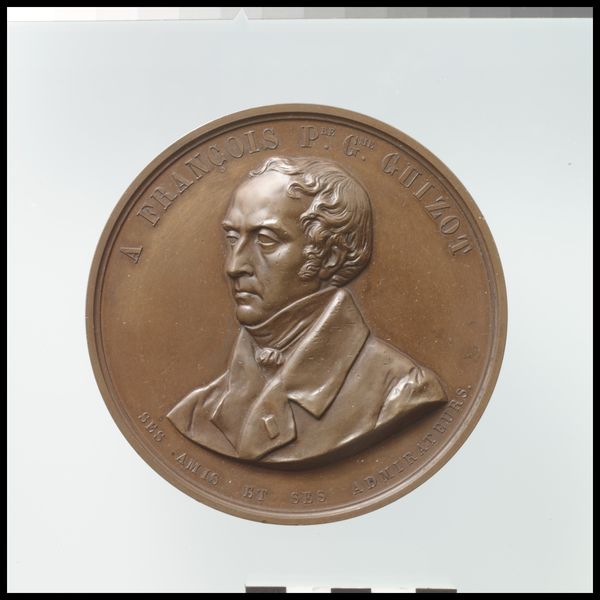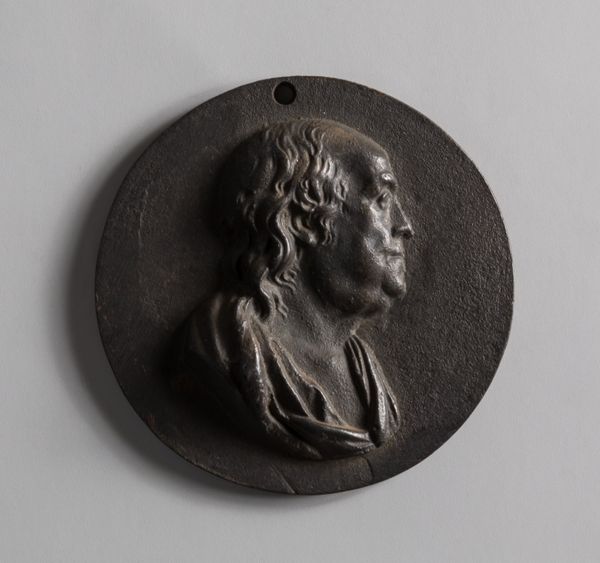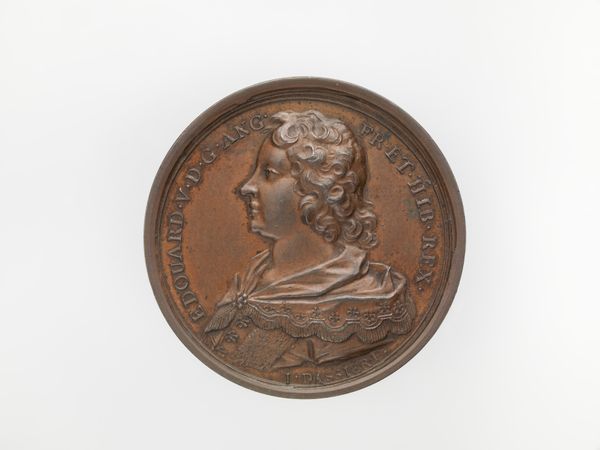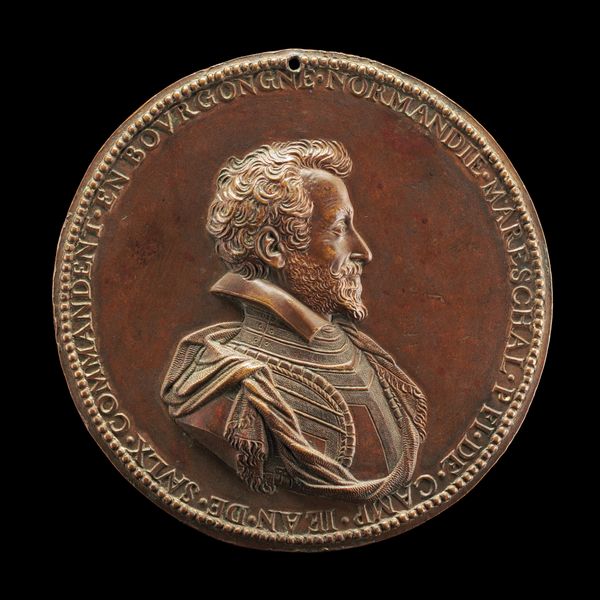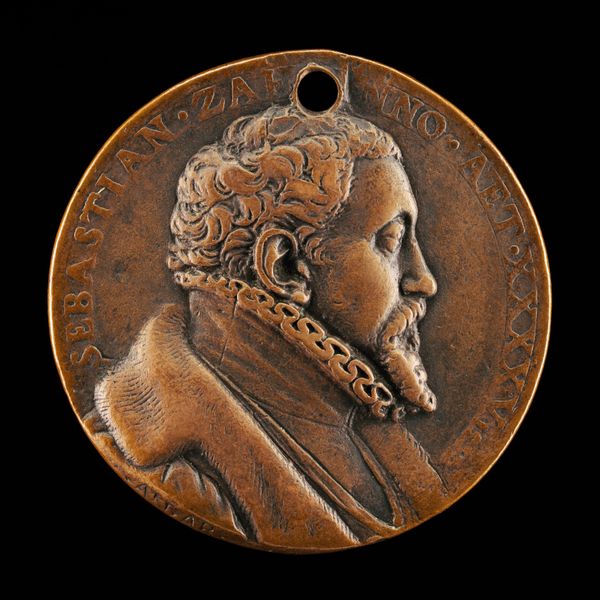
relief, sculpture, marble
#
portrait
#
neoclacissism
#
sculpture
#
relief
#
sculpture
#
marble
Dimensions: 20.5 cm (None) (None)
Editor: Here we have Stamhusbesidder Jens Lowson, a marble relief sculpture from the 1780s by Nicolai Dajon. It strikes me as a fairly conventional portrait, almost stoic. How would you interpret its place in the broader art world of the time? Curator: That "stoicism" you note is telling. This is Neoclassicism at play, right? What does Neoclassicism borrow from, historically? Editor: Ancient Greece and Rome, I believe. A return to classical ideals. Curator: Exactly. It’s not just about aesthetics; it’s about a return to perceived social and political virtues, ideals of order, reason, and civic duty. A "Stamhusbesidder," a landholder, is rendered not in opulent garb, but in this "everyman" presentation – yet carefully elevated through marble. Editor: So it's almost propaganda, conveying that even a person of property adheres to those virtues? Curator: Potentially, but propaganda might be too strong. More subtly, this work shows a cultural effort to redefine the role of the wealthy class through a shared visual language, emphasizing a sort of responsible public identity. It invites us to see Lowson within the narrative of social duty. Editor: That makes sense. I hadn’t considered the visual language as contributing to an overall message about social expectations. Curator: Considering the date, this marble rendition presents its subject as a moral anchor in an era that was rapidly turning politically volatile, at the dawn of revolution in other parts of the world. So Dajon situates this work, and Jens Lowson, into the public discourse, for whom it can then act almost as a model. Editor: Fascinating! So it’s less about the individual and more about promoting an image of societal stability and responsible citizenship. I’ll definitely look at neoclassical portraits differently now.
Comments
No comments
Be the first to comment and join the conversation on the ultimate creative platform.

